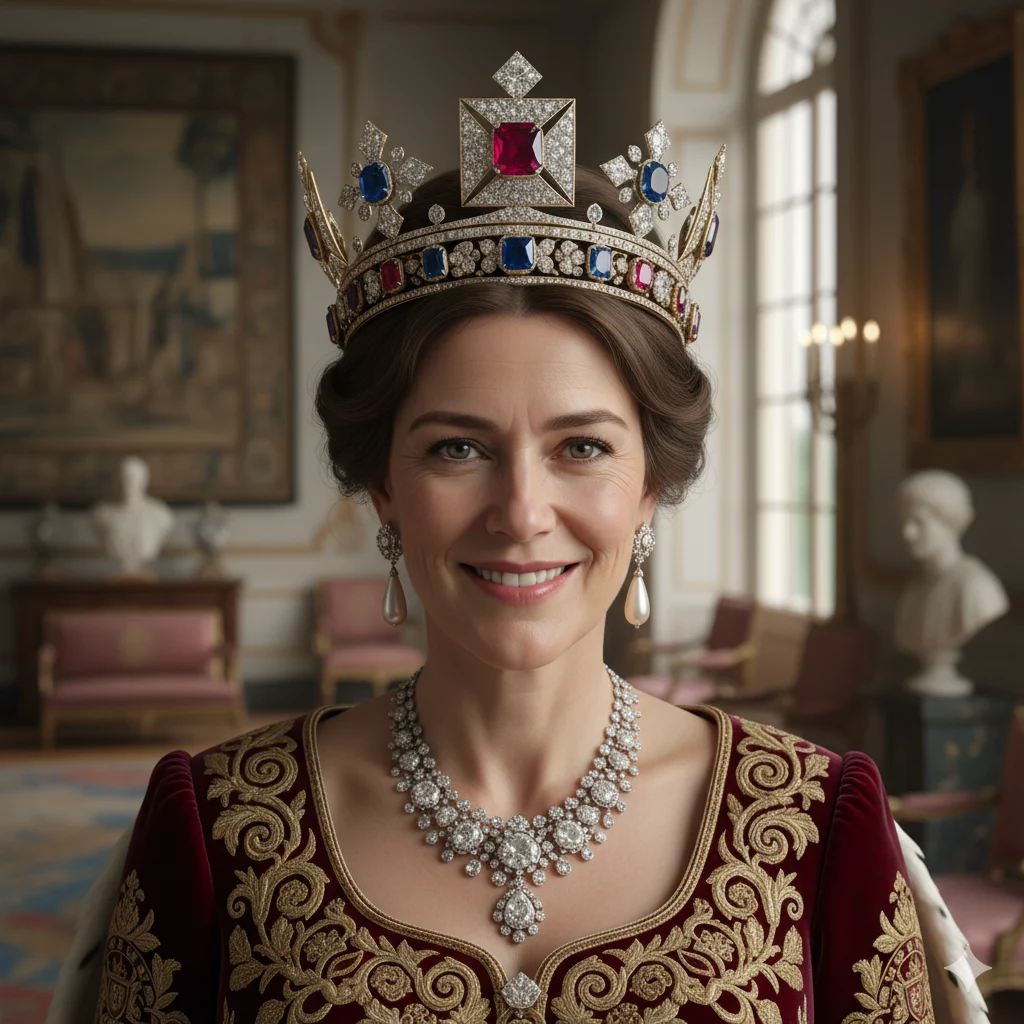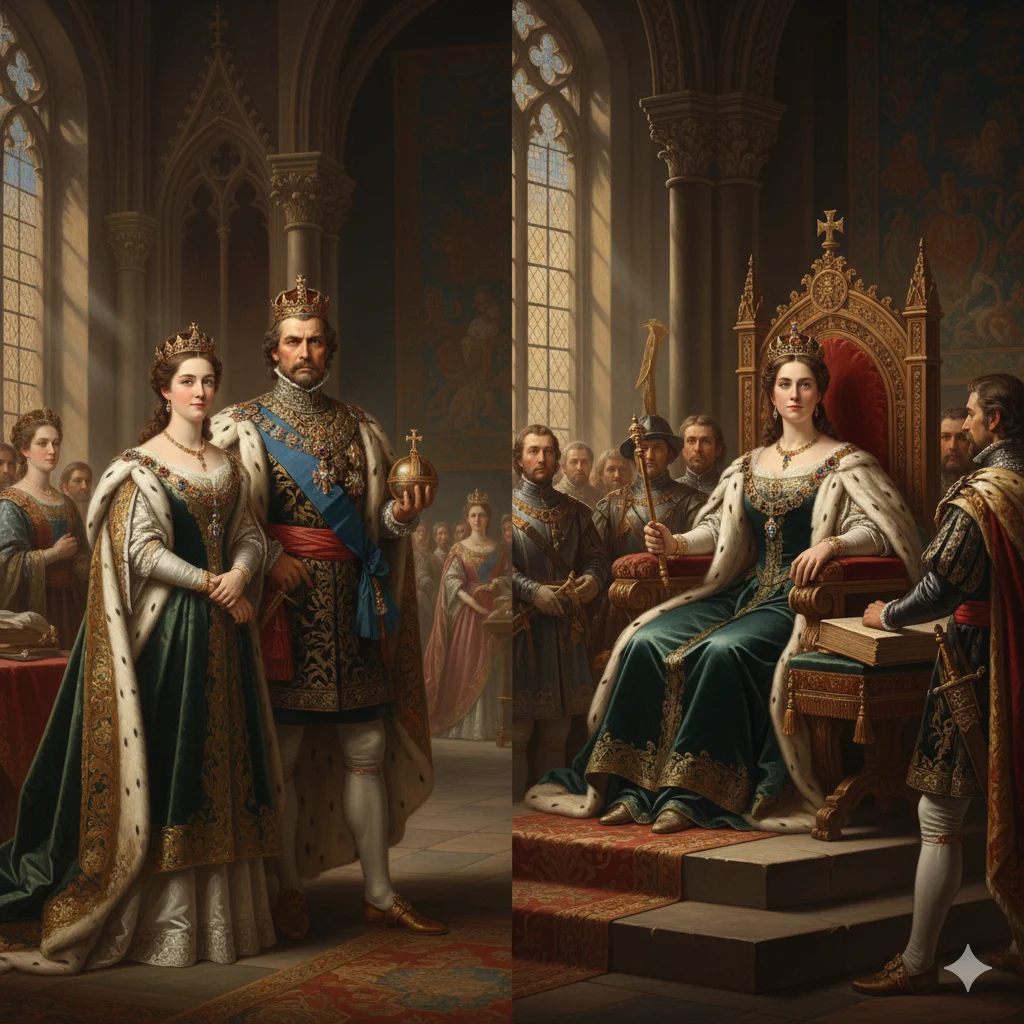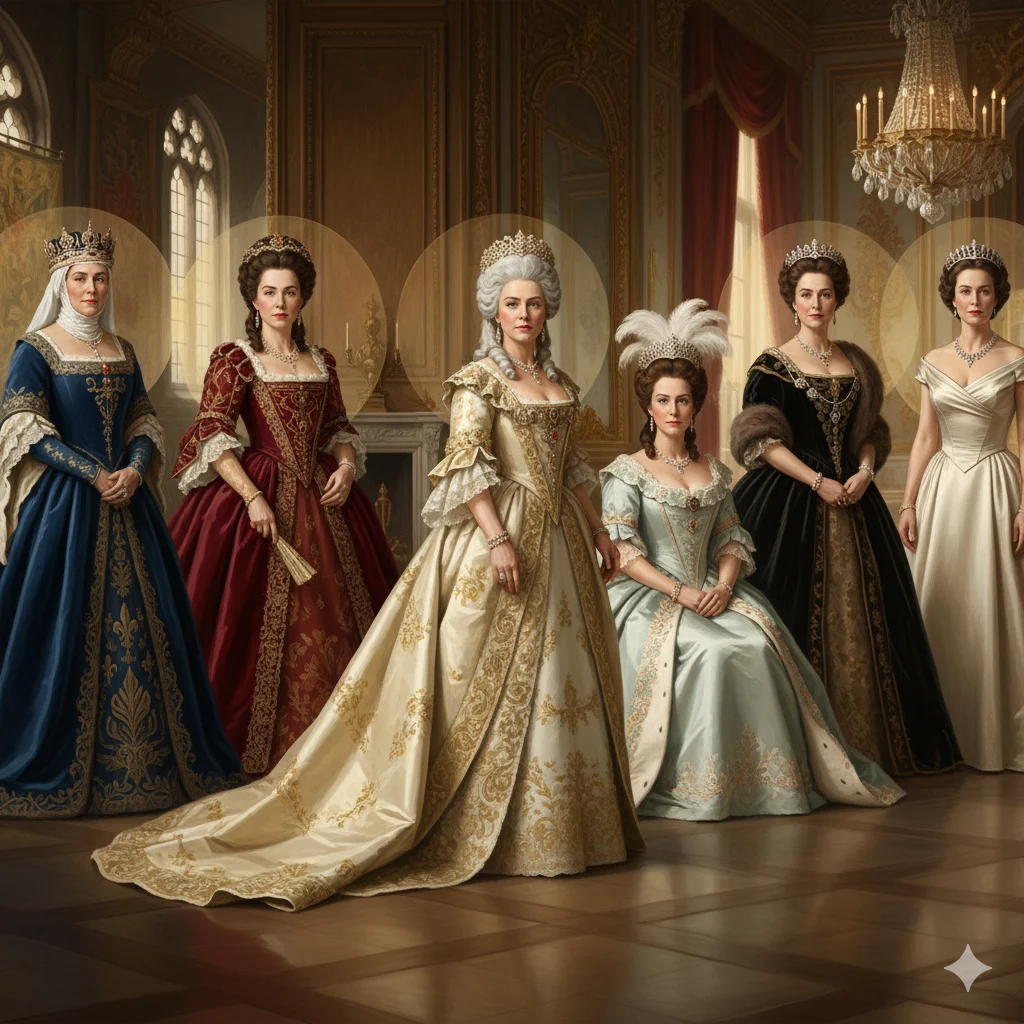A queen consort is the wife of a reigning king. She does not have sovereign power like a queen regnant but supports the monarchy through ceremonial duties, charity work, and public engagements. Essentially, she contributes to royal life without ruling the country herself.
Have you ever watched a royal ceremony or read about a queen and wondered if she rules the country? That’s where the term queen consort meaning becomes important. While many associate queens with political authority, a queen consort has a distinct role that blends tradition, public service, and social influence.
Historically, queen consorts have strengthened the monarchy through diplomacy, philanthropy, and public appearances. For example, Queen Elizabeth, the Queen Mother, played a crucial part in boosting public morale during wartime while never being a ruler herself.
In modern monarchies, understanding the difference between queen consort and queen regnant is essential for anyone following royal affairs. This article explores the role of a queen consort, their influence, notable examples, and why their position remains significant today.
👑 What Is a Queen Consort?
A queen consort is formally recognized as the wife of a reigning king. Unlike a queen regnant, she does not inherit the throne or possess governing authority.
Some key points to know:

- She supports the king in ceremonial, diplomatic, and public duties.
- She often champions charitable causes and cultural initiatives.
- Her role emphasizes presence, influence, and tradition, rather than political power.
This understanding is crucial to differentiate between a queen consort and other royal titles, including queen regnant or princess consort.
⚖️ Queen Consort vs Queen Regnant

| Title | Definition | Authority | Example |
|---|---|---|---|
| Queen Consort | Wife of a reigning king | Ceremonial, no sovereign power | Queen Camilla |
| Queen Regnant | Female monarch who rules independently | Full sovereign authority | Queen Elizabeth II |
Recognizing this distinction helps anyone studying monarchy roles or history to understand who wields power and who serves as a supporting royal figure.
🌟 Roles and Responsibilities of a Queen Consort
A queen consort’s role is multifaceted, combining ceremonial presence with social influence. Understanding queen consort roles in monarchy reveals how these women shape both tradition and public perception.
- Ceremonial Duties – Participate in coronations, state receptions, and national celebrations.
- Charitable Engagements – Lead foundations, advocate for social causes, and support humanitarian work.
- Diplomatic Functions – Host visiting leaders, support international relations, and represent the monarchy abroad.
- Cultural Influence – Promote arts, fashion, and cultural initiatives to connect the monarchy with citizens.
- Public Engagement – Serve as figureheads for national unity and promote the monarchy in media appearances.
Modern queen consorts blend tradition with active public roles, proving that influence does not always require sovereign authority.
🏛️ Famous Queen Consorts in History
Over time, certain queen consorts have become renowned for their contributions, reflecting both influence and public affection.
- Queen Camilla (UK) – Current queen consort of King Charles III, actively engaged in public service and charitable causes.
- Queen Mary (UK) – Consort of King George V, remembered for preserving royal traditions.
- Marie Antoinette (France) – Wife of King Louis XVI, influential in court culture and fashion.
- Queen Elizabeth, The Queen Mother (UK) – Supported King George VI during World War II, beloved by the public.
Learning about famous queen consorts shows how these women, though not sovereign rulers, leave lasting legacies.
🌍 Modern Relevance of Queen Consorts
In the 21st century, queen consorts have evolved beyond traditional ceremonial roles. They are influential in:

- Philanthropy – Advocating for mental health, education, and humanitarian causes.
- Public Diplomacy – Participating in state visits, international summits, and global initiatives.
- Media Representation – Helping maintain the monarchy’s image on social media and in public discourse.
The royal consort definition has expanded to include soft power and public engagement, illustrating that while queen consorts do not rule, their influence can be significant.
🧾 Common Misconceptions
- Can a queen consort rule? – No, they cannot govern or make laws independently.
- Is the title inherited? – No, it is acquired through marriage to the king.
- Are all queens consorts? – No, a queen regnant rules independently, unlike a queen consort.
- Are queen consorts always female? – Yes; a king’s husband is sometimes referred to as a prince consort.
📘 Conclusion
A queen consort is far more than just a ceremonial figure. While she does not possess sovereign power, her contributions through public engagement, philanthropy, and cultural influence make her a vital part of the monarchy. From historical figures like Marie Antoinette to modern examples like Queen Camilla, queen consorts play pivotal roles in shaping traditions, supporting kings, and connecting with the public.
Understanding the queen consort meaning, their roles, and the difference between queen consort and queen regnant helps anyone following royal affairs appreciate the subtleties of monarchy.
❓ FAQs About Queen Consorts
1. What does a queen consort do?
Supports the king through ceremonial, public, and charitable duties.
2. Can a queen consort inherit the throne?
No, the title is through marriage and does not grant sovereign power.
3. How is a queen consort different from a queen regnant?
A queen regnant rules in her own right, while a queen consort supports her spouse.
4. Are all queens consorts?
No, only the wife of a reigning king is a queen consort; ruling queens are queens regnant.
5. Who is the current queen consort of the UK?
Queen Camilla, wife of King Charles III.

Emily Dickinson expressed profound spiritual truths through the quiet beauty of her poetry. Her words explore life, death, nature, and eternity with tender simplicity and deep symbolism. Dickinson’s gentle insight continues to inspire readers to look beyond the visible and feel the divine in silence and solitude.



